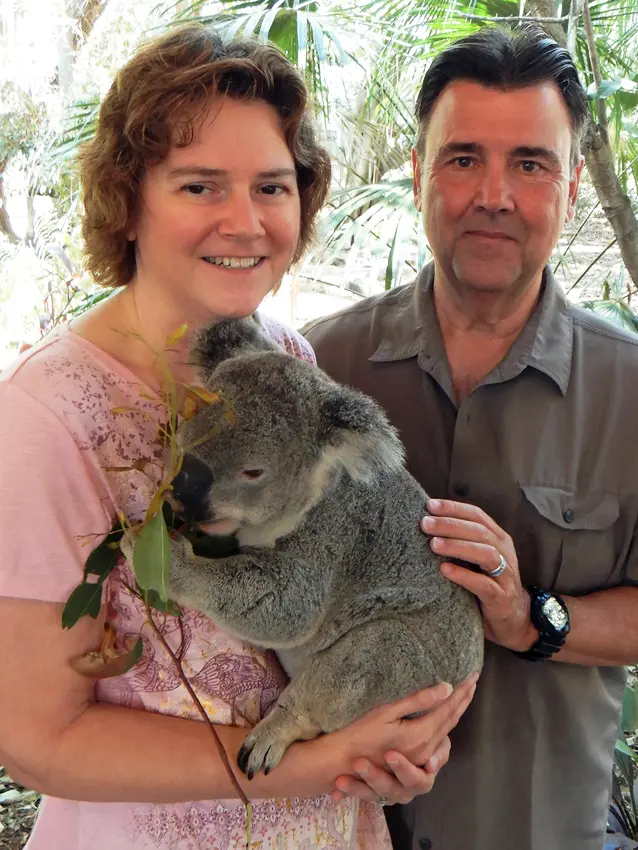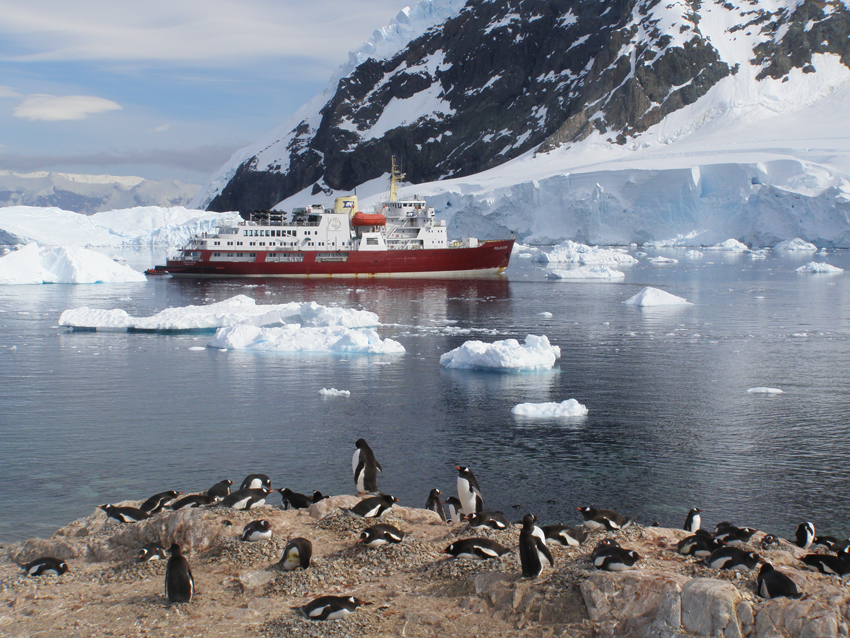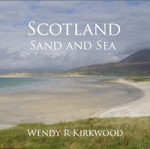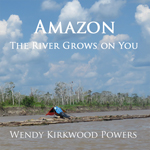Last Updated on December 24, 2023 by PowersToTravel
Fast on the heels of Ex-Tropical-Storm Alex, our first day in Donegal was filled with gray scudding clouds, brilliant blue skies, fierce winds, raindrops and everything in between.
I didn’t mind the weather because I knew it made for excellent photography. Greg had read that the passing of the tropical storm would leave us nice clear weather for the following days, so he was happy too.
After a quick stop at a beautiful beach, the Five Finger Strand, which supposedly had the tallest sand dunes in Europe, we drove to Malin Head, the most northerly point in Ireland. Battered by winds and passing storms we huddled at one point in an old cement bunker along with everyone else on the mountaintop. We were not motivated for the hikes with beautiful views I had envisioned while planning the trip.
We headed to Doagh Famine Village, a museum in croft houses – most excellently done: the museum with its creative displays, the guide who was raised in the village, and the free cake and tea we were given to entertain us while we waited for the next tour. The Doagh Famine Village was definitely a high point of our entire Ireland trip!
Unfortunately, the next day dawned gray. Not the exciting wind-swept gray of the day before, but the soft, sad and raindrop-accented gray that washes out any picture you try to take.
We headed south to Glenevin Waterfall and Fort Dunree. The fort was picturesquely placed on a craggy rock which would have been quite photogenic if sunny, but it wasn’t sunny. It was there we learned the meaning of “80 Eire” – the rock letters on the field at Malin Head: Ireland was neutral in World War II. The letters were to signal to all parties that the land was Irish and not to be bombed. I can’t tell you exactly how I feel about that, not being well-educated on the politics in Ireland at the time, but it gave me the same feeling as the raindrops: sadness.
We went to Slieve League, the second highest sea cliffs in Europe, and Glencombkille, another historic croft village. Without the excellent in-person guiding and free cake it seemed just a shadow of Doagh.
We spent the night in Killybegs, the largest fishing town in Ireland. The fleet was unfortunately all at dock as they had caught their allotted catch earlier in the year. The town was very quiet.
The next morning on our way south we stopped at the “Fairy Bridges of Bundoran”. What a surprise: such amazing views of a beautiful beach, and awesome and dangerous rock bridges over crashing waves. Pity the gray skies continued, so my pictures do not do it justice.





